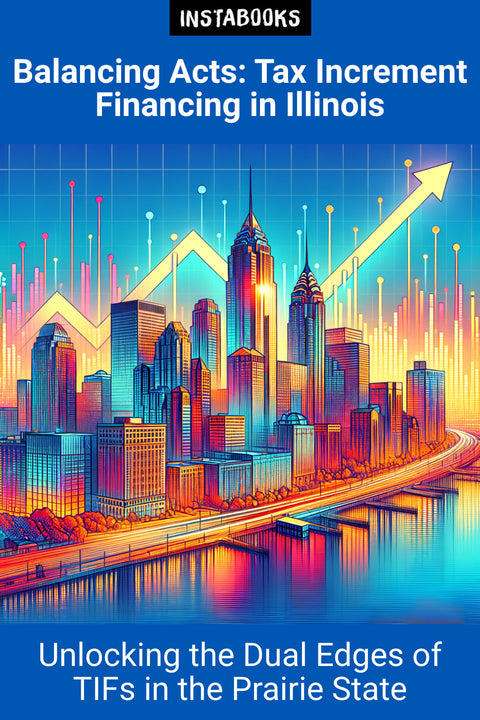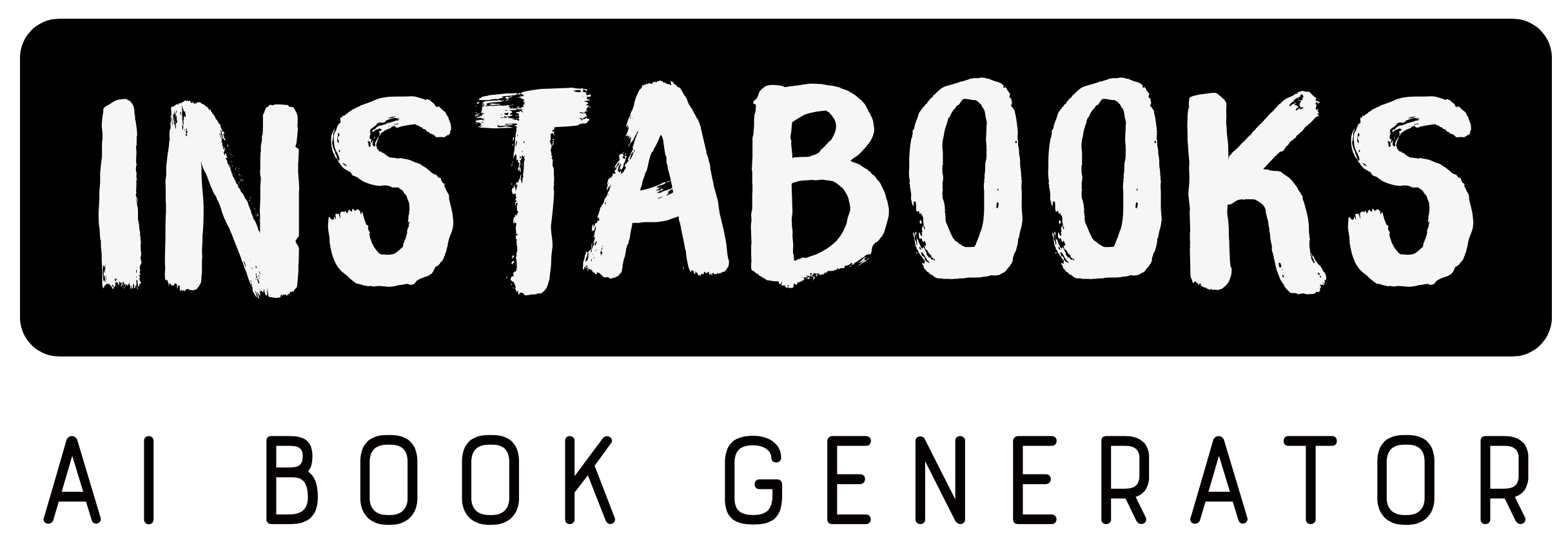
Balancing Acts: Tax Increment Financing in Illinois
Unlocking the Dual Edges of TIFs in the Prairie State
Included:
✓ 200+ Page AI-Generated Book
✓ ePub eBook File — read on Kindle & Apple Books
✓ PDF Print File (Easy Printing)
✓ Word DOCX File (Easy Editing)
✓ Hi-Res Print-Ready Book Cover (No Logo Watermark)
✓ Full Commercial Use Rights — keep 100% of royalties
✓ Publish under your own Author Name
✓ Sell on Amazon KDP, IngramSpark, Lulu, Blurb & Gumroad to millions of readers worldwide
$149.00
$299.00
Title
Tax Increment Financing (TIF) is a powerful tool for urban development, but it comes with its own set of complexities and controversies. This book aims to demystify TIFs, putting a special focus on their application in Illinois, using Aurora as a case study. The reader is guided through the history of TIFs, understanding the financial implications on community development, navigating public education, and exploring community engagement in the TIF process. Through practical insights and future predictions, this book becomes an imperative resource for anyone interested in urban economics and public policy.
- Defining Tax Increment Financing
- Historical Origins of TIFs in the Urban Landscape
- Aurora, IL: A Case Study Introduction
2. The Yin and Yang of TIFs
- Boosting Economic Development: The Upside
- The Controversial Side: Criticisms and Complications
- Balancing Perspectives: Overall Assessment
3. TIFs in the Public Eye
- Transparency and Accessibility in TIF Reporting
- Educational Approaches to Public Understanding
- Facilitating Public Input in TIF Projects
4. Past and Present
- TIFs Through Decades: A Historical Context
- Contemporary TIF Applications in Illinois
- Success Stories and Cautionary Tales
5. Parsing the Financial Webs
- Analyzing the Economic Impacts on Communities
- Case Study: The Financial Outcome in Aurora, IL
- Best Practices for Fiscal Responsibility
6. Envisioning the Future
- Trends in Urban Development and Financing
- Predicting TIF Evolution in the Next Decade
- The Role of Legislation in Shaping TIFs
7. Controversies and Consensus
- Navigating the Ethical Implications
- Building Consensus: When TIFs Divide Communities
- Policy Lessons from Illinois' TIF Experiences
8. Community at the Core
- Engaging Stakeholders in TIF Discussions
- Strategies for Enhanced Community Participation
- Case Study Follow-up: Voices from Aurora
9. The Instruction Manual
- How to Initiate a TIF District: Step by Step
- Monitoring and Evaluating TIF Performance
- Common Pitfalls and How to Avoid Them
10. Telling the TIF Tale
- Media Narratives and Public Perception
- Articulating the Value of TIFs to Different Audiences
- Illustrative Case Studies from Across Illinois
11. Legal Framework and Reforms
- The Legal Bedrock of Tax Increment Financing
- Historic and Recent Reforms in TIF Legislation
- The Path to More Equitable TIF Policies
12. Tools for the Trade
- Resources and Software for TIF Management
- Education for Officials: Workshops and Training
- Building a Knowledge Base: Libraries and Databases
Table of Contents
1. The Groundwork of Growth- Defining Tax Increment Financing
- Historical Origins of TIFs in the Urban Landscape
- Aurora, IL: A Case Study Introduction
2. The Yin and Yang of TIFs
- Boosting Economic Development: The Upside
- The Controversial Side: Criticisms and Complications
- Balancing Perspectives: Overall Assessment
3. TIFs in the Public Eye
- Transparency and Accessibility in TIF Reporting
- Educational Approaches to Public Understanding
- Facilitating Public Input in TIF Projects
4. Past and Present
- TIFs Through Decades: A Historical Context
- Contemporary TIF Applications in Illinois
- Success Stories and Cautionary Tales
5. Parsing the Financial Webs
- Analyzing the Economic Impacts on Communities
- Case Study: The Financial Outcome in Aurora, IL
- Best Practices for Fiscal Responsibility
6. Envisioning the Future
- Trends in Urban Development and Financing
- Predicting TIF Evolution in the Next Decade
- The Role of Legislation in Shaping TIFs
7. Controversies and Consensus
- Navigating the Ethical Implications
- Building Consensus: When TIFs Divide Communities
- Policy Lessons from Illinois' TIF Experiences
8. Community at the Core
- Engaging Stakeholders in TIF Discussions
- Strategies for Enhanced Community Participation
- Case Study Follow-up: Voices from Aurora
9. The Instruction Manual
- How to Initiate a TIF District: Step by Step
- Monitoring and Evaluating TIF Performance
- Common Pitfalls and How to Avoid Them
10. Telling the TIF Tale
- Media Narratives and Public Perception
- Articulating the Value of TIFs to Different Audiences
- Illustrative Case Studies from Across Illinois
11. Legal Framework and Reforms
- The Legal Bedrock of Tax Increment Financing
- Historic and Recent Reforms in TIF Legislation
- The Path to More Equitable TIF Policies
12. Tools for the Trade
- Resources and Software for TIF Management
- Education for Officials: Workshops and Training
- Building a Knowledge Base: Libraries and Databases
